Mexico City’s Underrated Art — 5 Galleries You Shouldn’t Let the Border Keep You From: The Real Story of Our Neighbor Metropolis
BY Lee Escobedo // 10.22.18Machete is in the hip Roma neighborhood and boasts talented female administrators. (Photo courtesy of Machete)
As the black Suburban carrying the American covert ops team sits in bottleneck traffic on a Mexican highway, a red metal carcass creeps up to their side. Inside the car, four gangsters sway and lurch, sweat soaking the neck of their shirts as the military trained eyes set their sights on their sweltering brown bodies.
Under the orange sun, fingers squeeze triggers. It’s one of many tense scenes in French-Canadian director Denis Villeneuve’s 2015 film, Sicario. Villeneuve predicted America’s extreme xenophobia towards our neighbors from the south a full two years before Trump’s blasphemous “criminals, drug dealers and rapists” 2016 campaign slogan.
The current climate festers with assumptions that who crawls across the border — flesh and bone people who survive dehydration, rape, theft and loss of humanity — can only be less than Mexico’s best.
The reality is the U.S./Mexico border acts as a mirror, reflecting the decades of drug investment and importing of narcotics from Mexico into the United States by our own government, to feed our deepest, darkest desires. In truth, the cosmopolitan majesty of Mexico City, or Distrito Federal or D.F. as it’s known, shimmers with European sensibilities and Aztec honor, albeit with its own shameful classism and corruption.
In an attempt to reclaim their avant-garde history, the city has become an art destination to international critics, collectors and curators with its world-renowned galleries and museums.
The majority of Americans develop their concept of Mexico City based on the media they consume. Villeneuve’s rendering of the city was unflinching in its objectiveness. Avoiding didactic swaths of good and bad, right and wrong, in favor of a sober depiction of supply and demand.
In reality, Mexico City is a lot like any of America’s own major metropolises. Mexican heroes like Diego Rivera, Frida Kahlo and Luis Barragán provide historical narratives connecting D.F. to global art theories and practices, as well adorn large parts of the city in museums and murals dedicated to their legacies.
As well, many Mexican artists have come to America for education and returned to Mexico City to open galleries and advance their curatorial practice. Even further, there are many American-born curators and artists now living in Mexico City, utilizing affordable rent and the city’s international art standing and world class art fairs, Zona Maco and Material Art Fair, as D.F. has become a premier destination for collectors.
There are five Mexico City art galleries you should go to on any trip of discovery. This list extends to artist-run galleries and blue-chip galleries alike, showcasing the depth of opportunity the city provides for artists and patrons.
Galería OMR
One of D.F.’s finest blue-chip galleries, Galería OMR, along with Proyectos Monclova and José García nearby, leads the charge representing Mexico City in fairs abroad, including Art Basel in Miami. This year, OMR showed a dynamic selection of works by Matti Braun, Jose Dávila, Yann Gerstberger, Artur Lescher, Jorge Méndez Blake, Gabriel Rico, Troika and James Turrell.
The contemporary space is built perfectly to exhibit work ranging from painting to video, with its open floor plan providing limitless possibilities for installation. The wide, magnificent space allows works to breathe, maximizing minimalism by avoiding overcrowding and embracing the concept less is more. Director Cristobal Riestra continues the tradition of his parents, OMR founders Patricia Ortiz Monasterio and Jaime Riestra, who passed on leadership to their son in 2016 after 30 years in the market, with hopes for the social responsibility and modernization a younger generation can potentially bring.
Lulu Gallery
It’s easy to miss the small red and white lettering on the street-facing facade of Lulu Gallery. But during open hours, when the grey metallic door is rolled up and open, the pristine and intimate 140-square-foot space draws you in with its heady, thoughtful exhibitions. Lulu is directed by artist Martin Soto Climent and independent curator Chris Sharp, an American expat who is also an editor and writer.
Opened in 2013, Lulu originally operated out of the 100-square-foot studio space in the back of the building. After adding the street-facing space in 2016, Lulu is unique in how it utilizes affordable property to create dynamic exhibitions, while choosing to focus on showing artists from outside Mexico City, widening the regional dialogue around art.
In 2015, the gallery created its own biennial, the ambitious “Lulennial,” organizing together works by an international selection and Mexican standouts like Paola de Anda, Francis Alÿs, Darren Bader, Pierre Bal-Blanc, Jirí Kovanda, Kirsten Pieroth, Wilfredo Prieto, B. Wurtz and Lin Yilin.
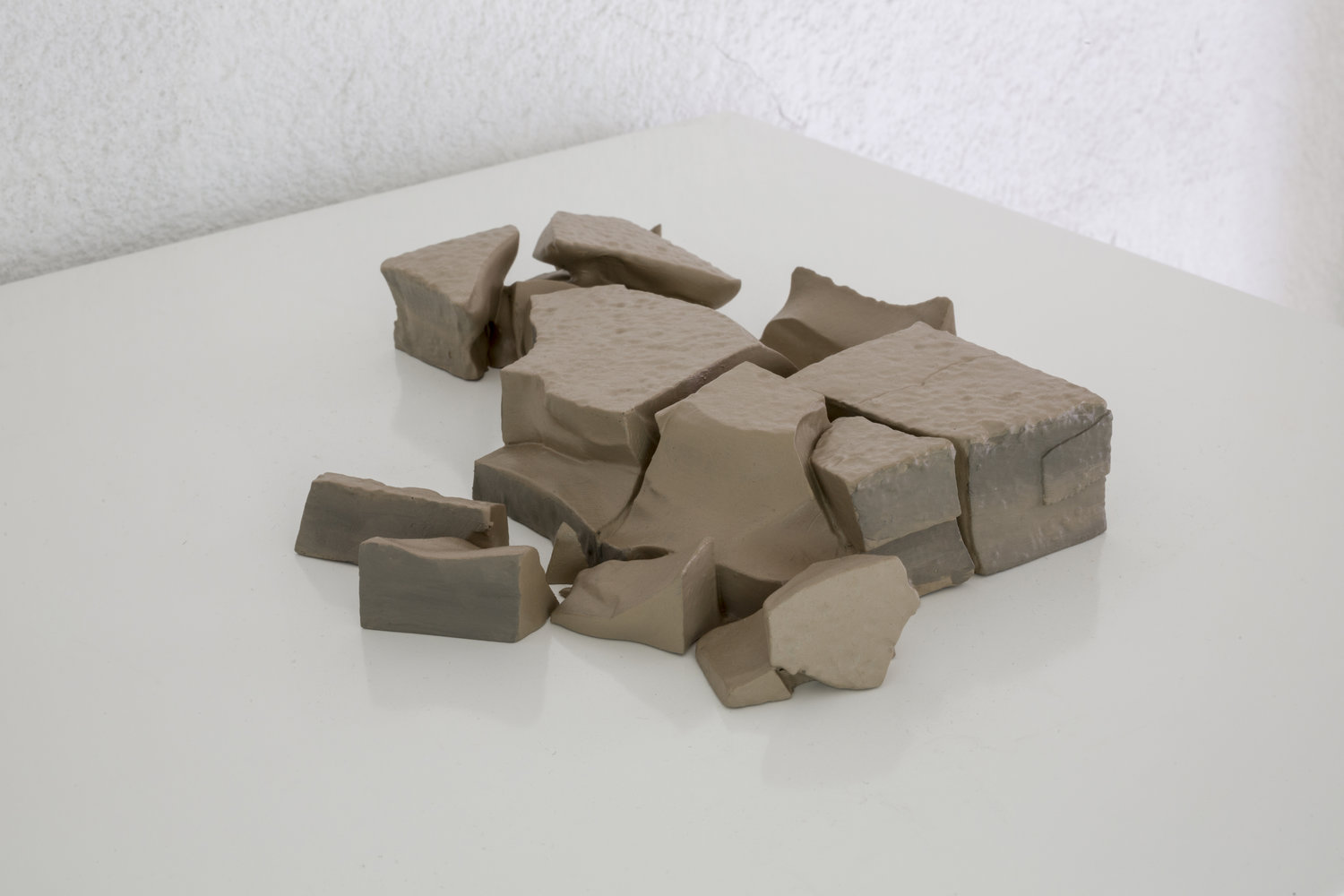
Lodos
Located in the same office building as crucial art criticism publication, Terremoto, Lodos is a collaborative space directed by Francisco Cordero-Oceguera. The gallery invites project ideas from artists, writers and curators worldwide.
Oceguera studied at the School of the Art Institute in Chicago, where he formed Lodos as a experimental art space before relocating back to Mexico City, bringing the project along with him. The charm of Lodos is in its unpredictable nature. The gallery hosts poetry, music and performance, with the vibe welcoming and bohemian.
An ice chest of beers sits open to all, as does the invitation to participate yourself in its evolution, albeit if your idea is good enough.
Museo Jumex
A crown jewel within a city filled with so many world-class art museums, Museo Jumex stands out in its location, forming a cultural triangle with the Museo Soumaya and a large shopping mall, home to many Salvador Dali sculptures. The Jumex focuses on contemporary art, mounting intense and difficult installations rich with ecological and empathetic concerns. The space never feels overwhelming.
Due to the museum’s commitment to education, each floor is activated in a way for viewers to draw questions and commit to discover.
Machete
A chic, whip-smart gallery nestled inside a building which also calls an art book store and an architecture firm home. Machete is located in the hip neighborhood of Roma and directed by Domitila Bedel and a group of talented female administrators. Machete utilizes a small white-walled space in the middle of the building, yet refuses to limit itself to the oligarchical reverence of the white cube.
Instead, they mount shows with artists like Sol Pipkin from Argentina. Pipkin used her soft pillow sculptures to bring viewers down to the floor, to sit and exhale, encouraging new vantage points of seeing. Machete is an example of how female-led galleries are making some of the freshest curatorial gestures in the city.

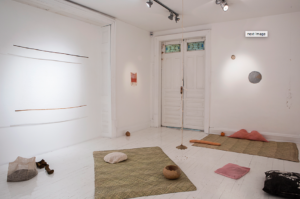
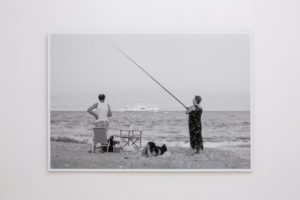

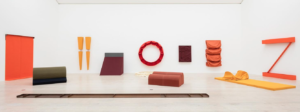
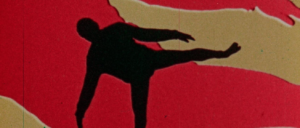


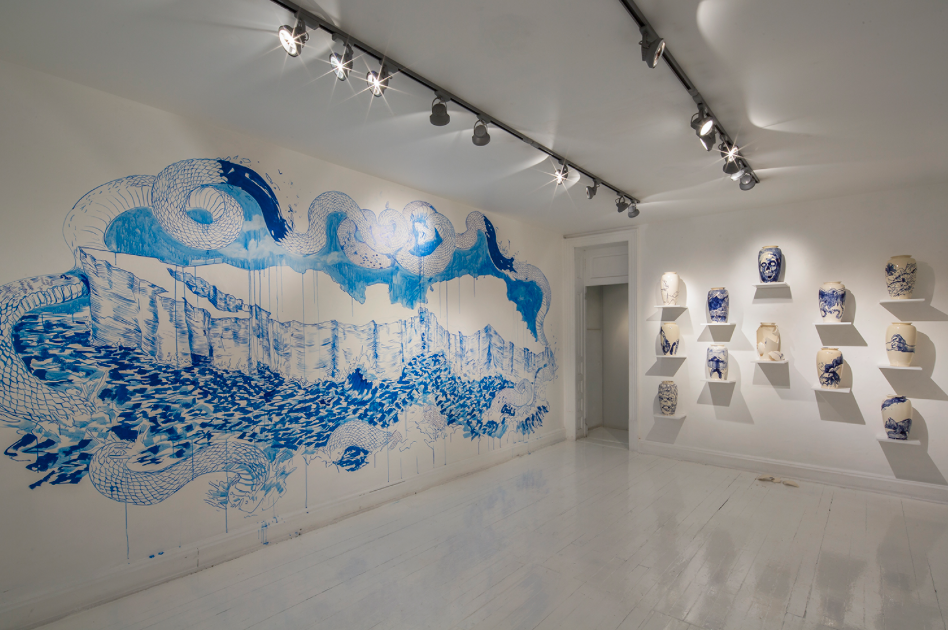











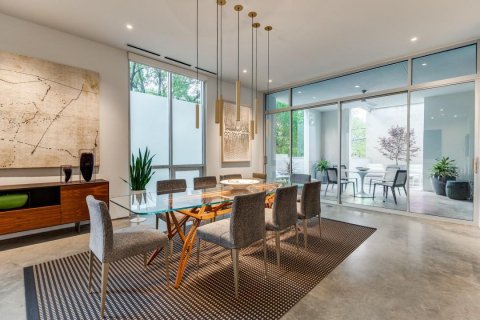



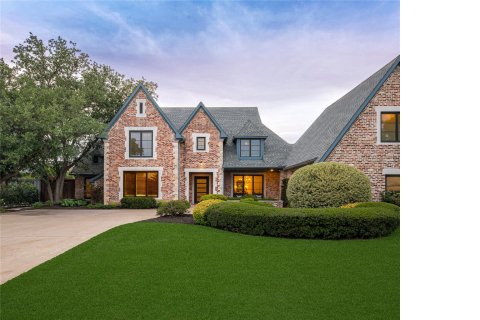

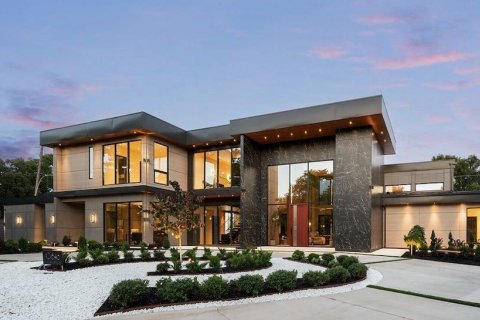

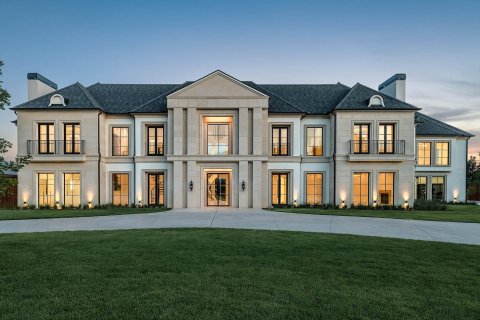



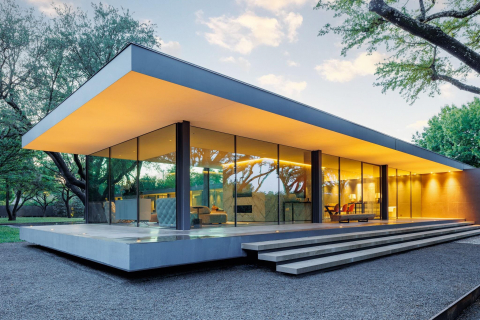


_md.jpeg)


